

|
|
|
1853-O
Variety 104
Obverse 2: Early Die State of Shattered Obverse, Bold Hubbed Date
Reverse D: Large O, [mm C,C]
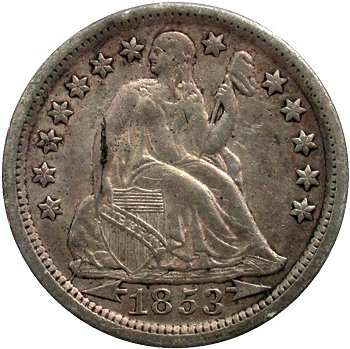
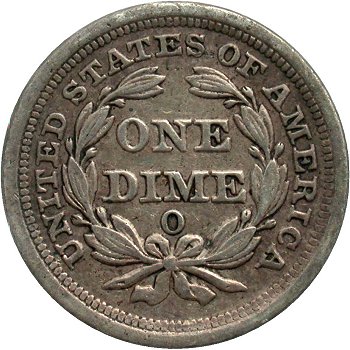
Obverse 2 Reverse D
Obverse Diagnostic Point(s) Reverse Diagnostic Point(s)
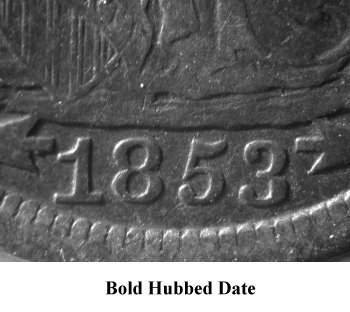
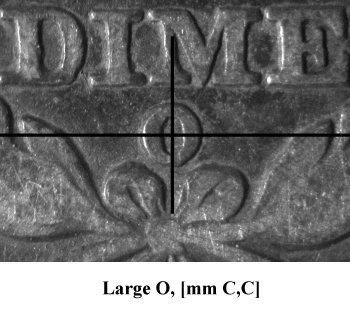
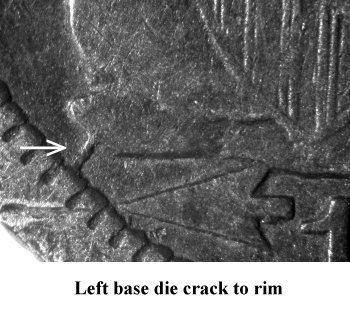
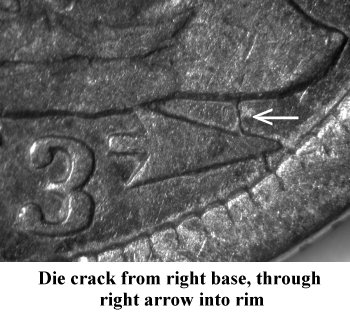
Comments: In an early die state, Obverse 2 can be located with small die cracks from the left base to the rim and from the right base through the right arrow, then to the rim. These die cracks will quickly enlarge until the obverse is fully shattered as per Variety 104a. The early die state of the shattered obverse variety has proven to be difficult to locate since all 1853 New Orleans dimes were struck from working dies created from a working hub die that has the date and arrows hubbed; same as a portion of Philadelphia dies. Collectors must pay careful attention to the base area for early die state die cracks. Also the date on Obverse 2 is boldly hubbed as compared to other 1853-O obverse dies. So look for a bold date, then check for signs of die cracks near the end of left and right base to locate an early die state shattered obverse specimen.
The reverse die offers no diagnostics during early or later die states. The thick oval mintmark on the plate coin is a result of wear on the coin. This phenomenon is common and is well known for New Orleans coinage dated 1845, 1852 and 1853. As New Orleans dimes wear down, the mintmark alters shape from thin walled oval to thicker walled oval. Many collectors believe a different mintmark punch is responsible but this is not the case.
Plate Coin: Rare American Coins Inventory, EF45